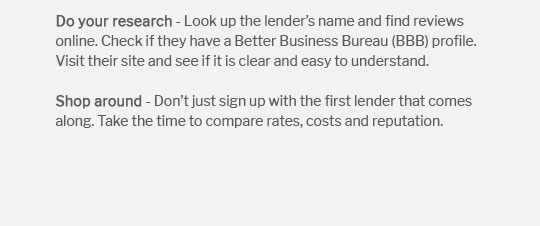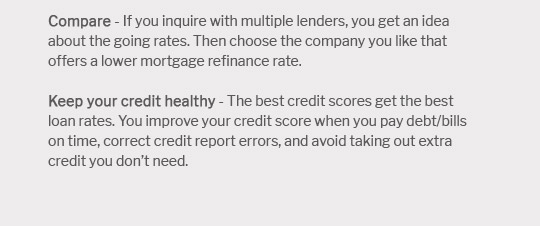 |
|||
 |
 |
 |
||
|---|---|---|
 |
||
 |
||
 |
||
 |
||
 |
 |
 |
 |
How to Refinance a Home: A Comprehensive GuideRefinancing your home can be a strategic financial move, yet it demands a keen understanding of the process and the potential benefits. At its core, refinancing involves obtaining a new mortgage to replace your current one, typically to achieve a lower interest rate or alter the loan term. But how do you navigate this intricate journey with poise and confidence? Let us delve into the nuances of home refinancing, offering insights that cater to both novices and seasoned homeowners. Firstly, it's crucial to assess your current financial situation. A lower interest rate is enticing, but the actual savings will depend on various factors including your credit score, the length of time you plan to stay in your home, and the closing costs associated with the new loan. If your credit score has significantly improved since you first secured your mortgage, refinancing could indeed be a lucrative option, potentially saving you thousands of dollars over the life of the loan. However, it's equally important to understand the break-even point, which is the time it takes for the cost savings from a lower rate to surpass the refinancing costs. Next, consider the type of refinancing that aligns with your goals. Are you looking for a rate-and-term refinance to lower your monthly payments or change your loan duration? Or perhaps a cash-out refinance appeals to you, offering the opportunity to tap into your home’s equity for cash, albeit with a higher interest rate. The choice largely depends on your personal financial objectives and the current market conditions. Once you've decided to proceed, shop around for lenders. It's advisable to get quotes from at least three different lenders to compare terms, interest rates, and fees. A slightly lower rate might seem attractive, but be wary of hidden costs that could diminish your savings. Make sure to read the fine print and ask lenders about any potential charges that may arise during the process.
In conclusion, while refinancing can be a smart financial decision, it requires careful consideration and diligent research. By understanding your financial landscape, setting clear objectives, and choosing the right refinancing option, you can enhance your financial well-being. Remember, the goal is not only to lower your monthly payments but to also bolster your overall financial health in the long run. As always, when in doubt, consulting a financial advisor can provide tailored advice suited to your unique situation, ensuring that your decision to refinance is both informed and beneficial. https://www.nerdwallet.com/article/mortgages/how-to-refinance-your-mortgage
A mortgage refinance replaces your current home loan with a new one. Often, people refinance to reduce their interest rate, cut their monthly payments or tap ... https://www.rocketmortgage.com/learn/how-does-refinancing-work
How To Refinance A Mortgage Loan - 1. Choose A Refinance Type - 2. Choose A Lender - 3. Gather Documents And Apply - 4. Lock In Your Interest Rate. https://www.bankofamerica.com/mortgage/refinance/
Refinancing can potentially lower your monthly mortgage payment, pay off your mortgage faster or get cash out for that project you've been planning.
|
|---|